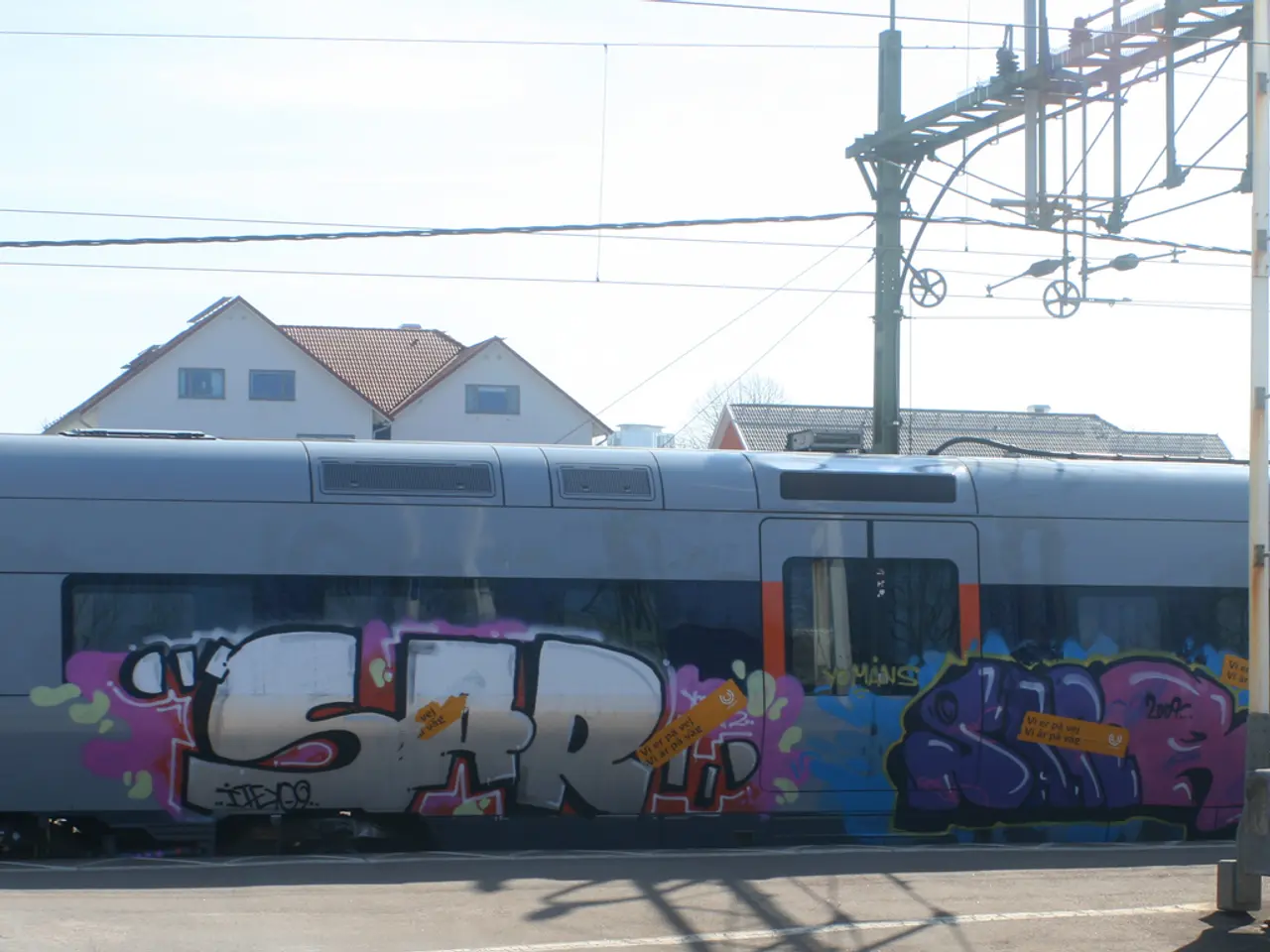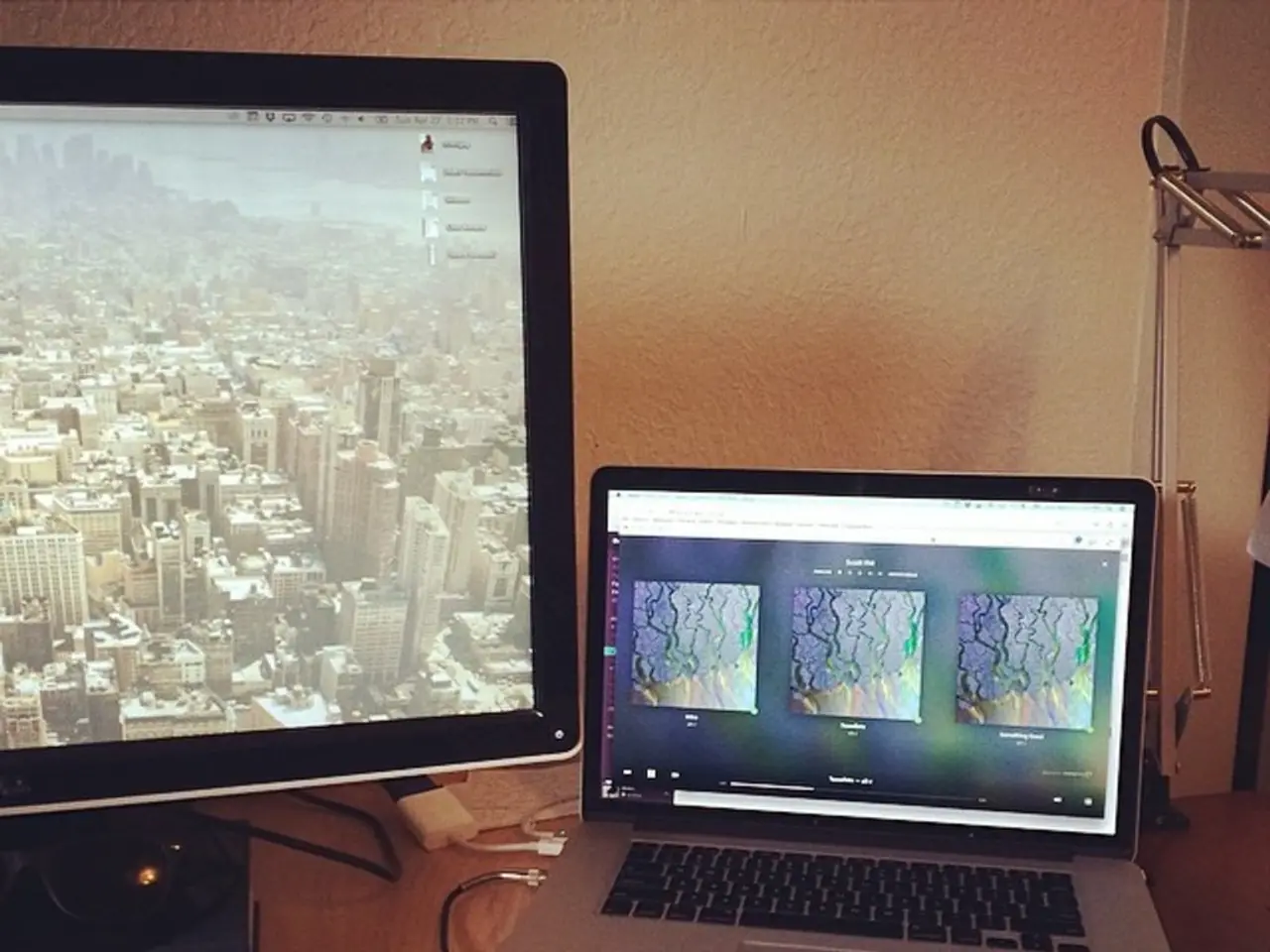Digital self-presentation, stylistic choices, and virtual personas
In the realm of digital entertainment, the concept of customizable avatars has been a growing phenomenon, intertwining gaming and fashion in unprecedented ways. This evolution, driven by advancements in technology, has transformed the way we perceive and express our identities in the virtual world.
The roots of customizable avatars can be traced back to the early days of Role-Playing Games (RPGs) and simulation games, where players could tweak basic character appearances and attributes. Over time, this customization evolved significantly, moving from simple pixel-based choices to highly detailed 3D models with a plethora of options, including facial feature adjustments, outfits, accessories, and even voice customization. Modern titles such as Cyberpunk 2077, Fallout 4, and Baldur's Gate III are prime examples of this growth, offering deeply immersive and personalized character creation that can influence storytelling and gameplay[1][4].
The integration of AI and advanced graphics has revolutionized these avatars, enabling real-time, adaptive customization and highly realistic, expressive models that enhance player immersion and identity expression in virtual spaces[2]. This evolution extends beyond traditional RPGs to multiplayer and virtual reality games, where avatars serve as dynamic digital representations of players' personalities and styles.
The impact on fashion in the digital world is profound. Customizable avatars have become mediums for digital self-expression and experimentation with fashion, driving new trends within and outside of gaming communities. Players use these avatars to showcase unique styles, blending real-world fashion with imaginative, AI-generated aesthetics, thus influencing digital fashion culture and even inspiring real-world fashion designers. The presence of sophisticated character creation in anime games and platformers further extends this, allowing highly personalized character styles that resonate with both players and fans of digital media[2][3].
Brands like Nike and Carhartt are jumping on the bandwagon, offering digital clothing for avatars on platforms like Roblox and Snapchat through Bitmoji. This fusion of fashion and gaming is not a new concept, with the first customisable avatar appearing in 1985's "Habitat" by Lucasfilm Games. Players could choose basic details about their appearance, including hairstyles, clothing, and color choices[5]. Since then, the options for customisation and fashion choices for avatars have exploded.
Avatars offer a unique way to think about how we represent ourselves to the world. Being recognisable from an avatar is an unwritten rule in some online spaces. As we continue to blur the lines between online and offline, more ideas related to avatars and fashion are expected to gain momentum.
Innovative ideas like Tommy Hilfiger's 3D body tracking tech and cloth simulation provide a realistic sense of how clothes would look on users' bodies. This technology, introduced in 2023, allows customers to see how clothes might fit using augmented reality[6]. Even Gucci has joined the trend, creating AR sneakers that can be purchased as a phone filter, costing around $10[7].
Interestingly, virtual clothing never wears out, doesn't need to be washed, and doesn't need to be thrown away or recycled. This aspect of digital fashion presents a sustainable alternative to traditional fashion, reducing waste and environmental impact.
As we delve deeper into the metaverse, the fusion of gaming and fashion is set to redefine the way we perceive and interact with digital identities. The lines between online and offline are becoming increasingly blurred, and the future of customizable avatars and digital fashion looks promising.
References:
[1] Digital Fashion: The Future of Fashion in the Metaverse
[2] The Evolution of Avatars and Its Impact on Digital Fashion
[3] The Influence of Anime and Manga on Digital Fashion
[4] The Role of Customization in Modern Video Games
[5] The History of Customizable Avatars in Video Games
[6] Tommy Hilfiger Introduces 3D Body Tracking Tech for Virtual Try-Ons
[7] Gucci Launches AR Sneakers as a Phone Filter
The integration of technology, AI, and advanced graphics has not only revolutionized the avatars in gaming but also expanded the scope of digital self-expression and fashion experimentation, influencing trends in the fashion-and-be beauty industry. For instance, brands like Nike and Carhartt offer digital clothing for avatars on platforms such as Roblox and Snapchat, signifying a fusion of technology and fashion.
Advancements in fashion technology, like Tommy Hilfiger's 3D body tracking tech and cloth simulation, offer a realistic sense of how clothes might fit on users' bodies, potentially reshaping the future of fashion and lifestyle in the metaverse.




